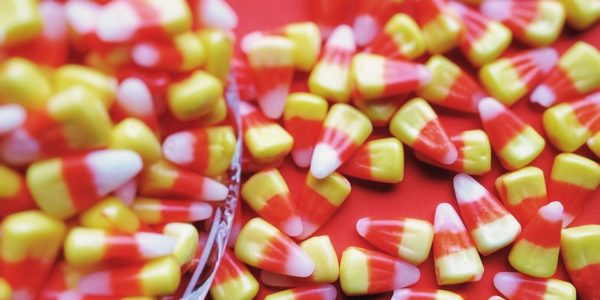Instacart commissioned a Harris poll on Halloween candy and discovered that 73% of us observe Halloween, and of those, 54% say candy is more important than costumes. 64% are buying candy to give out to trick or treaters, but 51% are buying for themselves (and there’s some overlap there). 36% admit they eat Halloween candy all month long.
The top candy purchases in the last weeks of October were overwhelmingly chocolate, with M&Ms being the favorite type. Total candy purchases last year in the run-up to Halloween topped 2.5 million pounds.
This year, the CDC is not recommending against trick or treating, so we expect consumers will make up for lost time. In fact, the National Confectioners Association says that their research tells them 80% of Americans will be trick or treating this year. “Go out there and enjoy Halloween,” said Dr. Anthony Fauci.
According to the National Retail Federation, Americans expect to spend a total of $3 billion on candy this year.
On the factory floor
So how do manufacturers get all this candy made? For one thing, they start up to two years in advance. It takes one year to design and plan the candy and its packaging, and another year to produce it.
For another, they automate production. High-end candy may involve human hands, but the mass-produced goodies we pass out on Halloween, including favorites like M&Ms and candy corn, are completely automated in their production.
Without the possibility of human error, candy factories can make millions of pieces of candy a day.
Automation saves human workers from dull, dirty, dangerous work and also produces goods cheaply for consumers. Without automation, trick or treating would be a very different experience!
